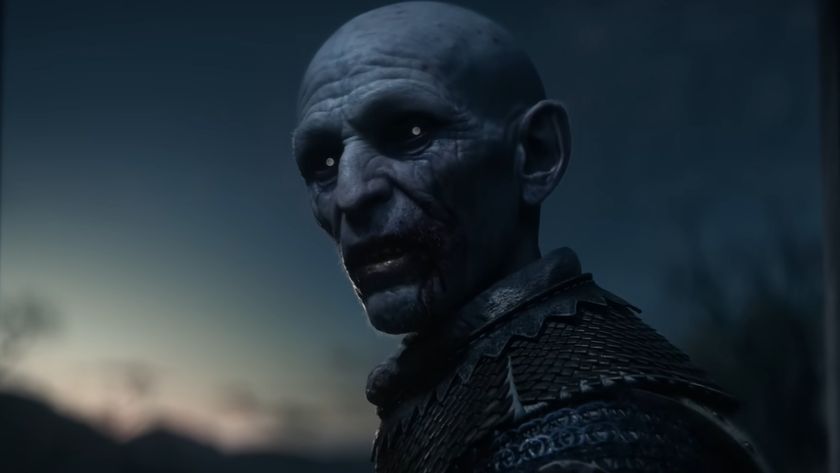Be Kind, Rewind: The Real Story Behind Blinx, Xbox’s Mediocre Mascot
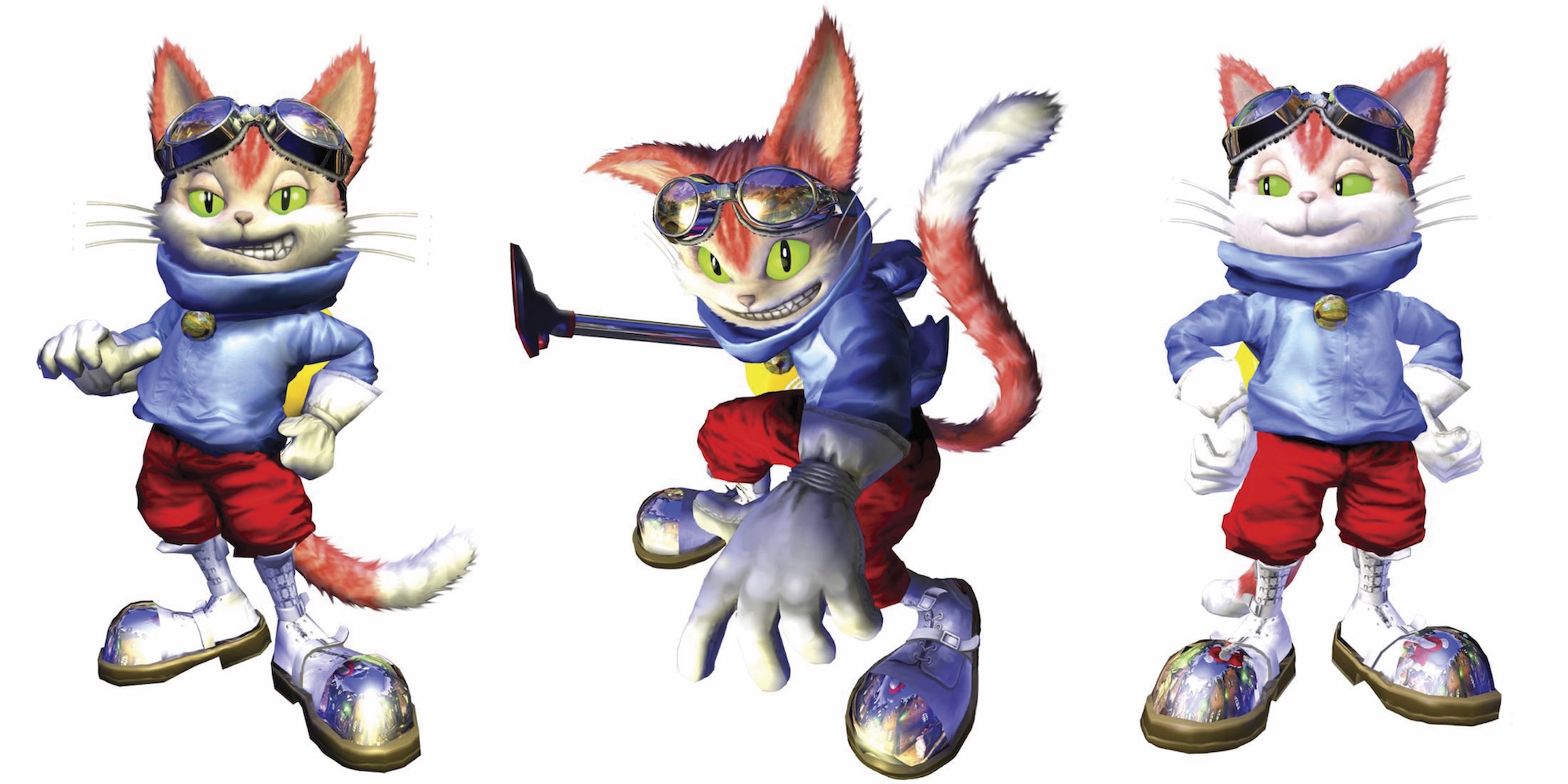
There was a time, believe it or not, when video game companies lived and died by their adorable mascots. Dragon, worm, bat or bandicoot, the tubular nineties were truly a time for digital biodiversity, but by the early 2000s, the industry was beginning to trend away from the anthropomorphic hype animals of yore. And yet still along came Blinx: The Time Sweeper, a colorful platformer for the original Xbox starring a vacuum-wielding, time-manipulating feline. Naturally, the general assumption was that Microsoft seemed to be actively recruiting for a friendly, furry face to represent their newly minted Halo machine. But an assumption it remains, because in actuality, there’s a whole other side—a fourth dimension, even—to this quasi-retro story.
To paint the full picture, some proper rewinding is in order, back to when Microsoft was setting up a development presence outside of the United States and trying to build titles that would appeal to foreign markets. The effort produced many titles that wouldn’t see a release outside of Japan, and other projects like Phantom Dust that would go on to gather a modest but intense following. At the conquest’s helm was former vice president of game publishing at Microsoft and Blinx executive producer, Ed Fries. “We set up a branch of Microsoft Game Studios in Japan,” he begins. “All the games we were doing there were meant to have a Japanese feel to them and launch first in Japan, but we always hoped that we could take them worldwide. The head of that group, an ex-Sony guy, [initially] went out and signed up a bunch of different Japanese game developers.”
One of those studios was Artoon, a group founded and directed by character designer and Sonic creator Naoto Ohshima. As the SEGA legend reveals, he was considering the Xbox’s significant hardware power before any kind of character concept solidified. “We visited Microsoft and suggested creating some kind of representative cartoon game for Xbox,” Ohshima-san says. “This was the first time a developer had [showed up] without bringing along a specific pitch, which was a surprise for them. We asked them about the detailed specs and features of the Xbox, and then put together the proposal for Blinx.”
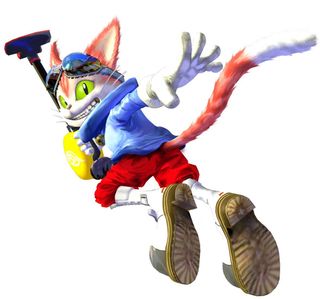
As it would turn out, the Japan team loved the idea of a cat that could control time, especially when also considering the impressive processing capabilities of Microsoft's console. “The time power would require a big storage media like a hard drive, which was one of the unique features of the original Xbox,” says Blinx co-producer Earnest Yuen. Earnest would help serve as US counterpart to the Japan team in what turned out to a development buddy system. “While Microsoft was new in Japan, they were not aware of the tools we used within Microsoft and Xbox, like our amazing expert playtest and usability labs facilities,” adds Earnest. “On the flip side, folks in Microsoft were learning about the Japanese marketplace and the Japanese game development process, so we paired up the [Microsoft] headquarters and the Japan team members to work together and learn from each other.”
Once the proverbial yarn ball started rolling, Pelon, as the project was codenamed during development (and also the eventual name for a female Time Sweeper), really began shaping up. “In a lot of ways, and in my mind, Blinx was the most promising game we were developing,” Ed says. “Out of that early batch of games, it was probably the best one we were working on. I’m a gamer, so I was excited about Blinx, about the concept, about the team working on it, and about how it felt to play. That’s more what I cared about, rather than some theory about having to have a mascot.” This is, regarding Blinx’s perceived legacy, quite the interesting point.
Because it seems that in Japan, and perhaps exclusively so, the aim for the character was rather different. Today, it’s no secret that the Xbox had a hell of a time securing any kind of foothold in the Land of PlayStation, and all kinds of measures were proposed to change popular opinion. “It was always hard, because when we went to Japan, we heard all kinds of things, and it was difficult to know how seriously to take them them,” Ed says. “Like that we should make Halo easier for the Japanese market because Japanese gamers weren’t as good as American gamers. That didn’t really strike me as something that was true, but it was said. Or that the Xbox couldn’t be black, because black is the color of death, and the ‘X’ also means death. But the PlayStation [2] was black! We’d hear all these random things from different people, and it was always hard to tell whether they were true or not.”
As such, it’s not all that surprising to learn that Blinx was being framed as a posterchild for the overseas Xbox movement. “We all pushed to position it as the cute mascot character for Japan,” Earnest reveals. “Outside of Japan, I think the mascot potential came after the game started to take shape, [something that] became more apparent after our E3 showing. The US had many potential characters that could have filled the mascot role, though: Voodoo Vince, [Raz from] Psychonauts, or even Tork. Master Chief, of course, was the character that [ended up] representing Xbox.”
Sign up to the 12DOVE Newsletter
Weekly digests, tales from the communities you love, and more
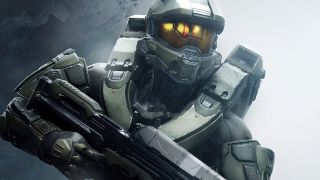
And perhaps that’s where clarification needs to made. For the US market, Blinx was never truly intended to be the next big video game mascot character, or even something to go up against platformer mascot mainstays, for that matter. “There was definitely some talk [about Blinx being competition for Mario],” Ed explains. “I’m not sure how seriously we took it. It was more something that other people thought, not something that I considered or even something we thought within Microsoft Game Studios. For example, Bill Gates would ask, ‘What’s your character? What’s your mascot?’ So he was somebody who thought we had to have one. I had run our PC gaming business for a bunch of years, and we didn’t really have a mascot, and I didn’t feel like that hurt [us]. When we launched [with the original Xbox], obviously we had Halo there, and even then I didn’t feel like we were missing a mascot.”
So between Blinx’s strategized Japanese image and general rumblings even from the likes of Mr. Gates, the character may have been destined for such a perception. Adding fuel to the fire was, according to Ed, the platformer’s scheduled release date. “Blinx sort of rose in importance over time, more because of our marketing guys and the timing of the game,” he says. “We really concentrated on having a great set of games for the Xbox launch, and after launch, it was kind of quiet for a while. Blinx arrived in that time period when we were coming into the second Christmas and needed more games. It really filled a nice niche for us as far as when it released and the kind of game that it was. Being a game from Japan, it really got more marketing push and attention than it probably would have otherwise. And I think that also probably set expectations higher than they should have been, and maybe contributed [to that image]. It wasn’t perceived as a great success, and I think it’s too bad, because it really is an interesting and unique game.”
Launched in the US on October 7, 2002 as ‘The First 4-D Action Game Ever’—a slogan that Ed laughingly takes the blame for—Blinx would enter the market to somewhat middling reviews. “I think it’s a better game than that,” Ed admits. “Though the fact that the main character had a vacuum was unfortunate, because one of our big competitors then was Gamecube, and [Luigi’s Mansion] had come out basically a year ahead of us with the ghost vacuum. So it kind of looked like we were imitating that game to some degree, but Blinx was in development long before we saw what Nintendo was doing. Still, the time control mechanic was super innovative—if you look at the way it was used in a sort of puzzle way, it’s really a precursor to Braid, I think. I actually wouldn’t be surprised if Braid was inspired by Blinx to some degree.”
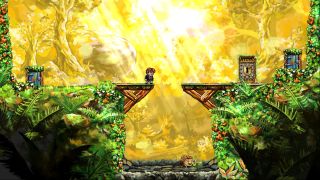
Even though Blinx didn’t turn into the ubiquitous Xbox mascot that everyone seemingly wanted him to become, the whiskered timebender did manage to deliver a set of unique and entirely exclusive gems, albeit overlooked ones. “Despite the time differences and the teams being on opposite sides of the world, working on Blinx was a blast,” Earnest says. “The teams worked well together and it was a true collaboration. Internally at Microsoft, it showed that it was possible for Japanese and US studios to work together, and that helped pave the way for bigger titles later on. The folks at Artoon are true artists and really care deeply about their creations. And yeah, I know I am a bit biased, but I do think [Blinx] has aged quite well, especially for folks who understand that the first game was meant to be challenging and really test your gaming skills.”
Sadly, it was announced back in 2015 that Microsoft had abandoned the Blinx trademark, effectively rendering the series, along with any possibility of a comeback, extinct. But stubbornly, as if ticking away in mechanical testament to the series’ underdog staying power, the Blinx branded promotional clock in Ed’s office still counts the minutes and hours. So in the end, one last question obviously remains: Can it stop time? “It does when the battery runs out,” Ed laughs.
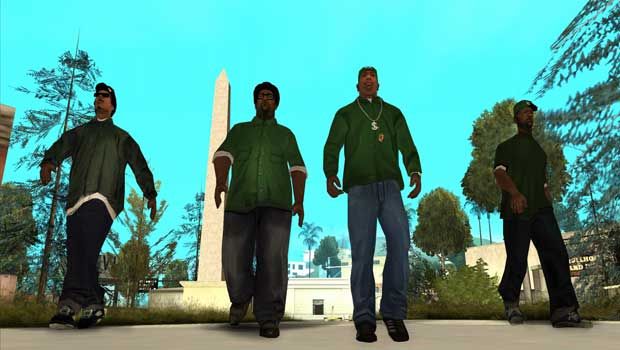
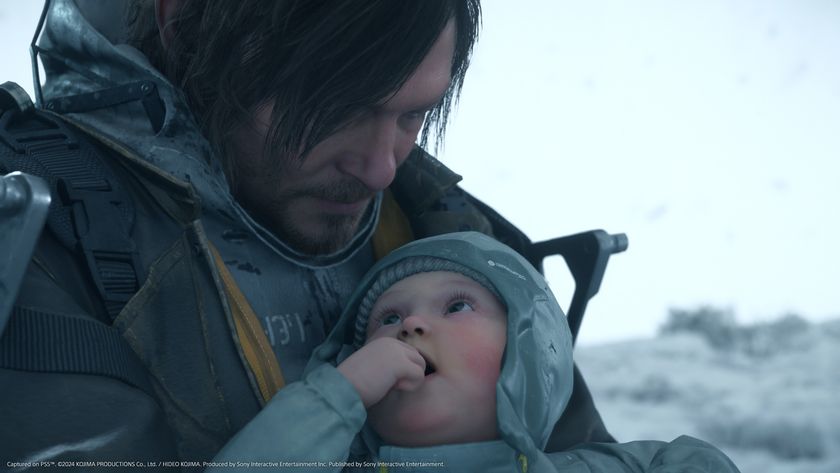
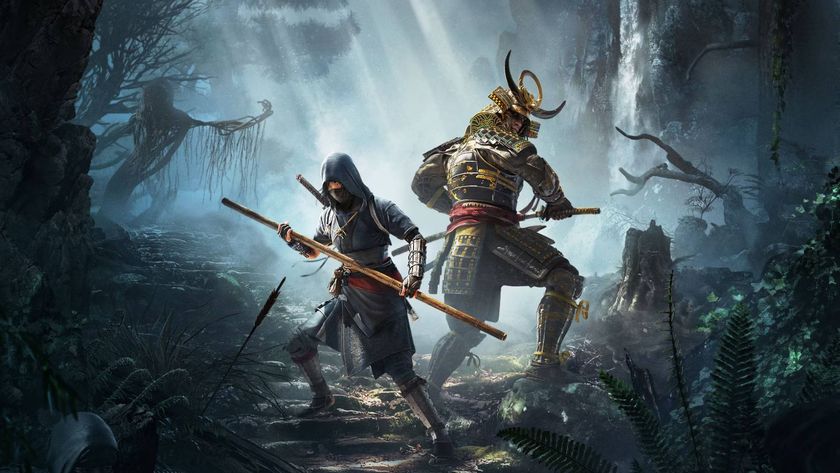
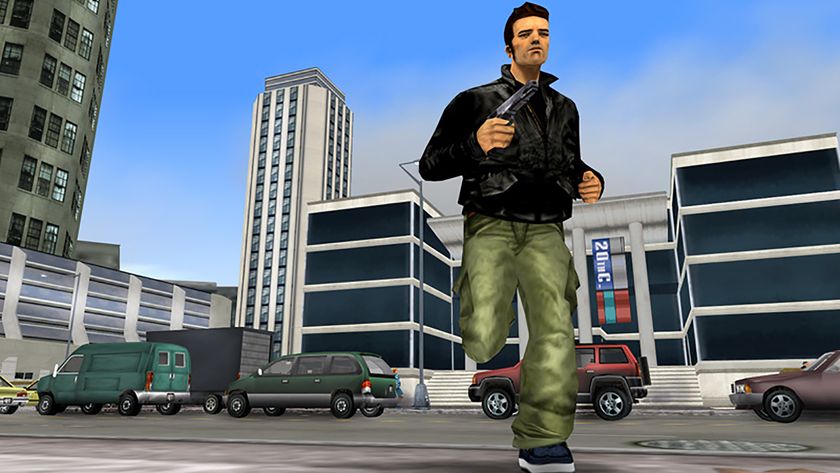
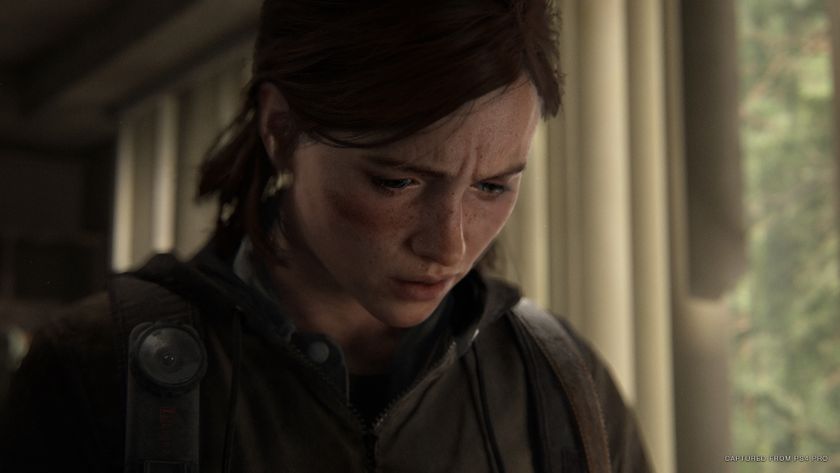
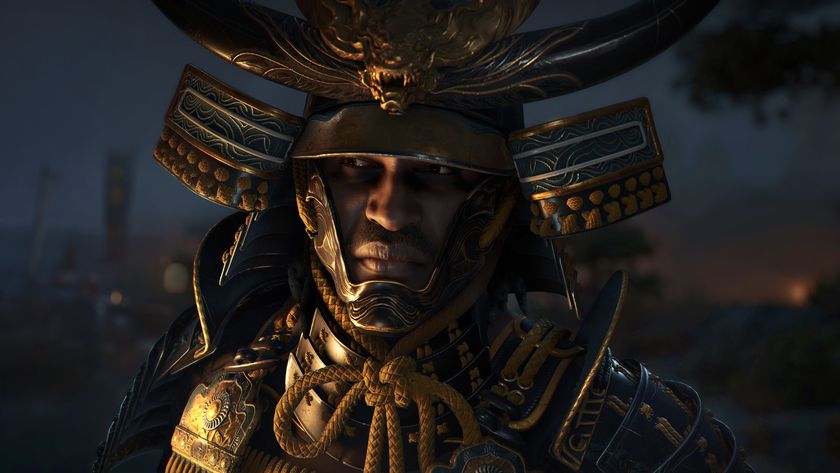

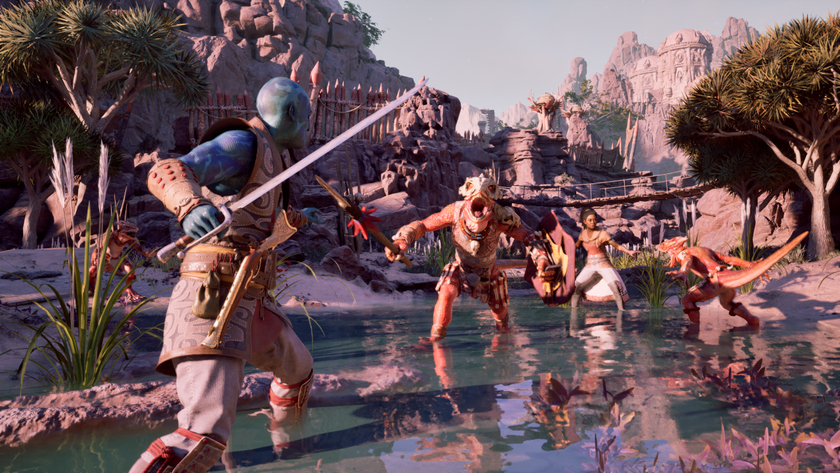
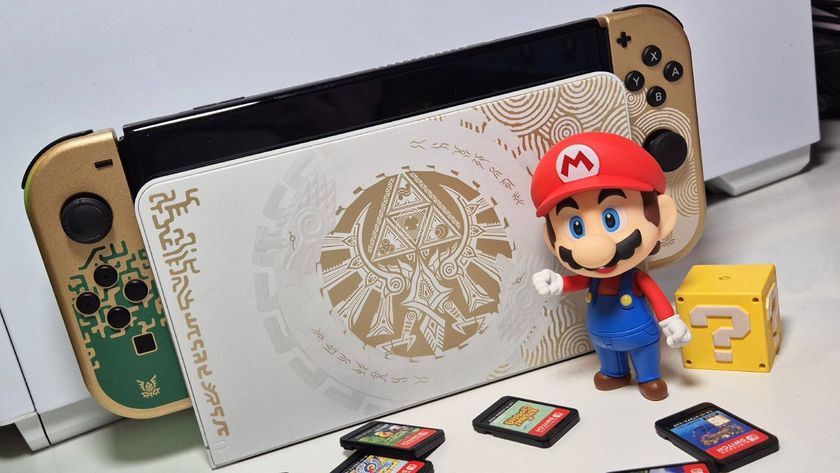
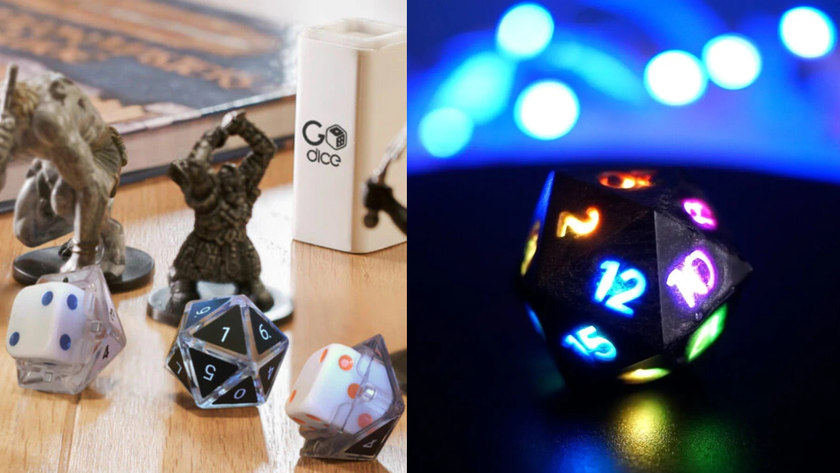
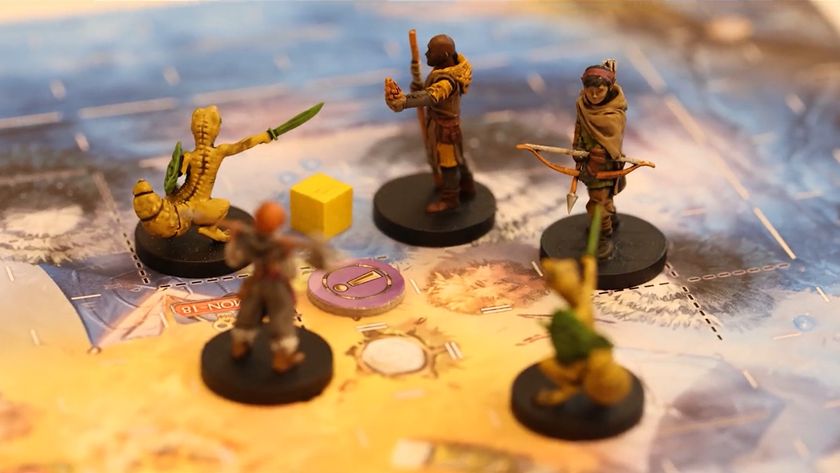


Former Xbox boss says GTA: San Andreas and its infamously NSFW Hot Coffee minigame "signified a maturing of the industry" and put games "on par with movies and music"

Death Stranding 2 pre-orders are estimated to go live this month, and will reportedly include a $230 collector's edition that I pray doesn't come with another creepy baby statue

